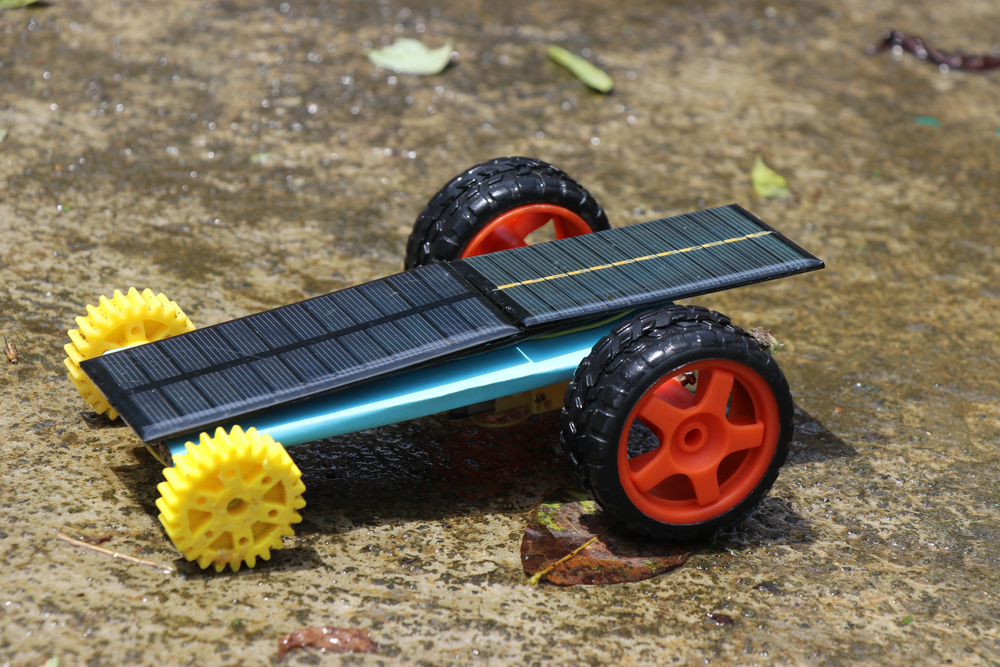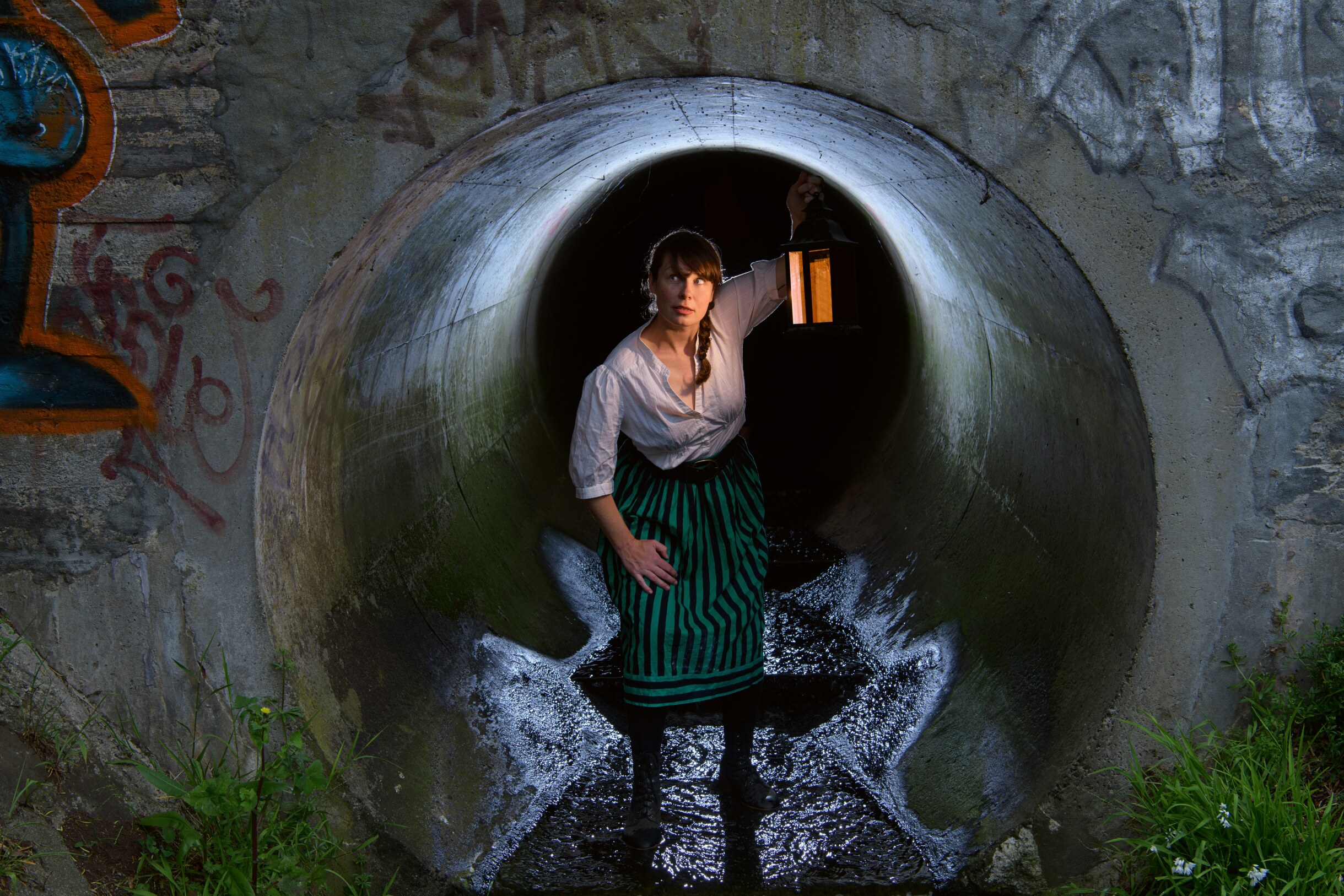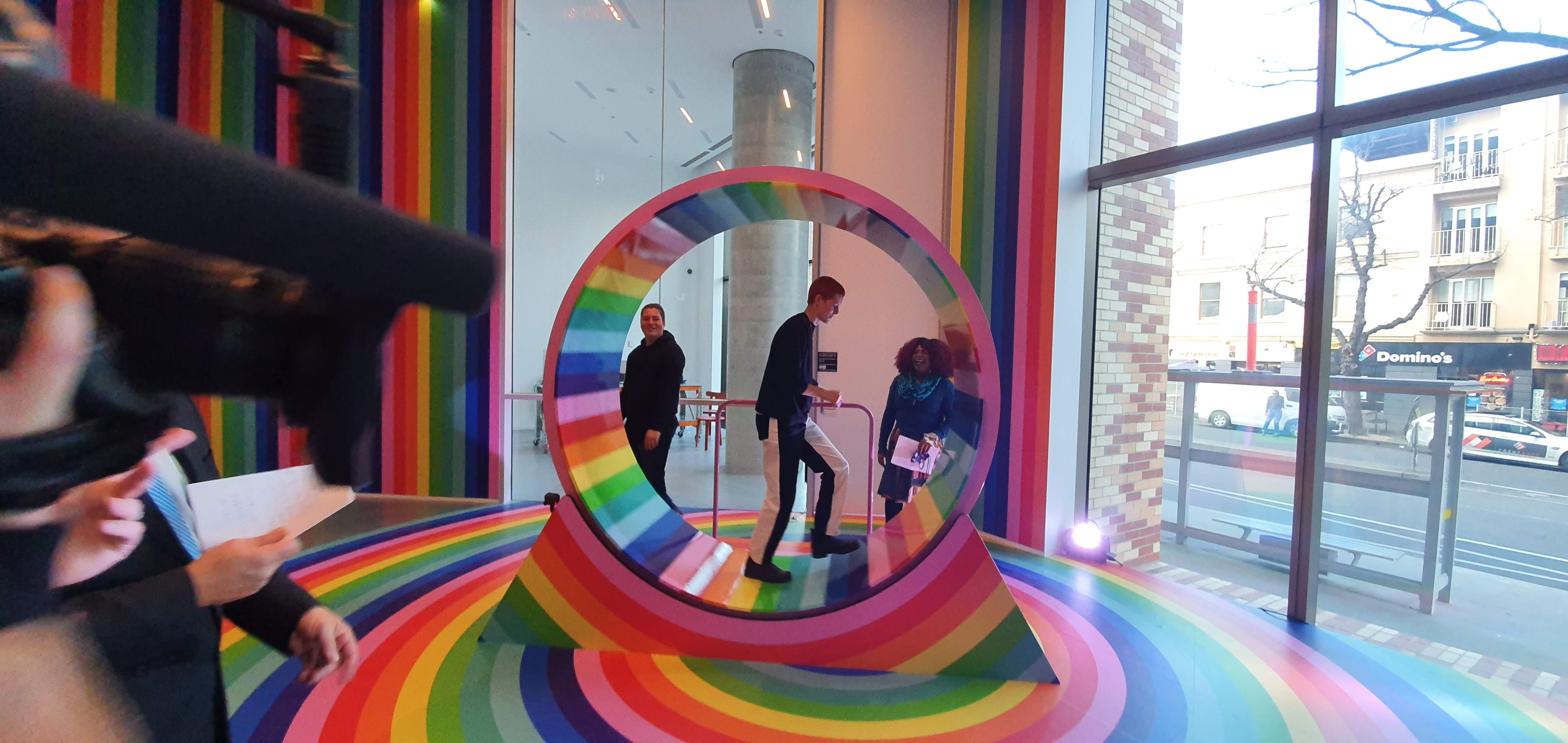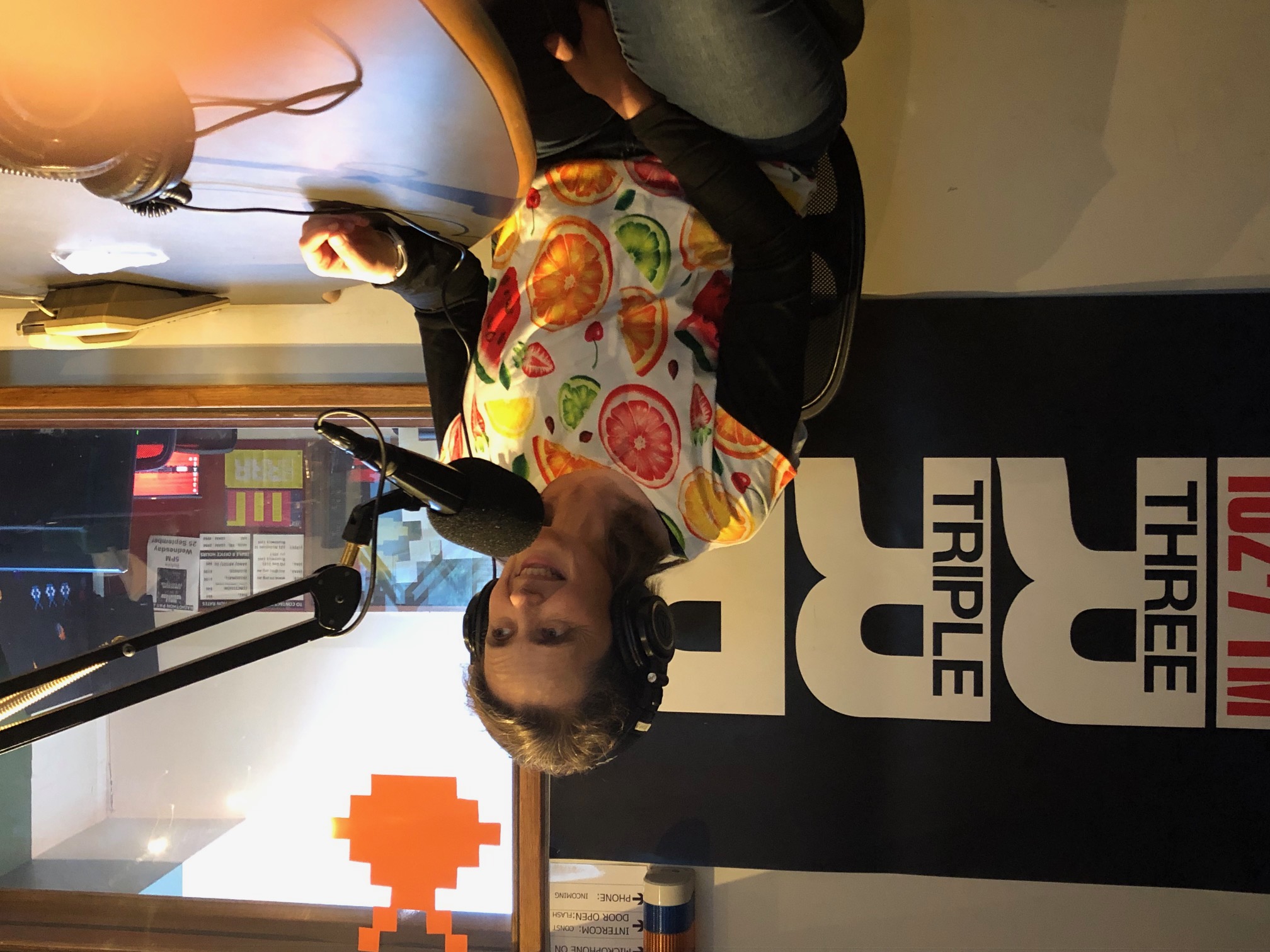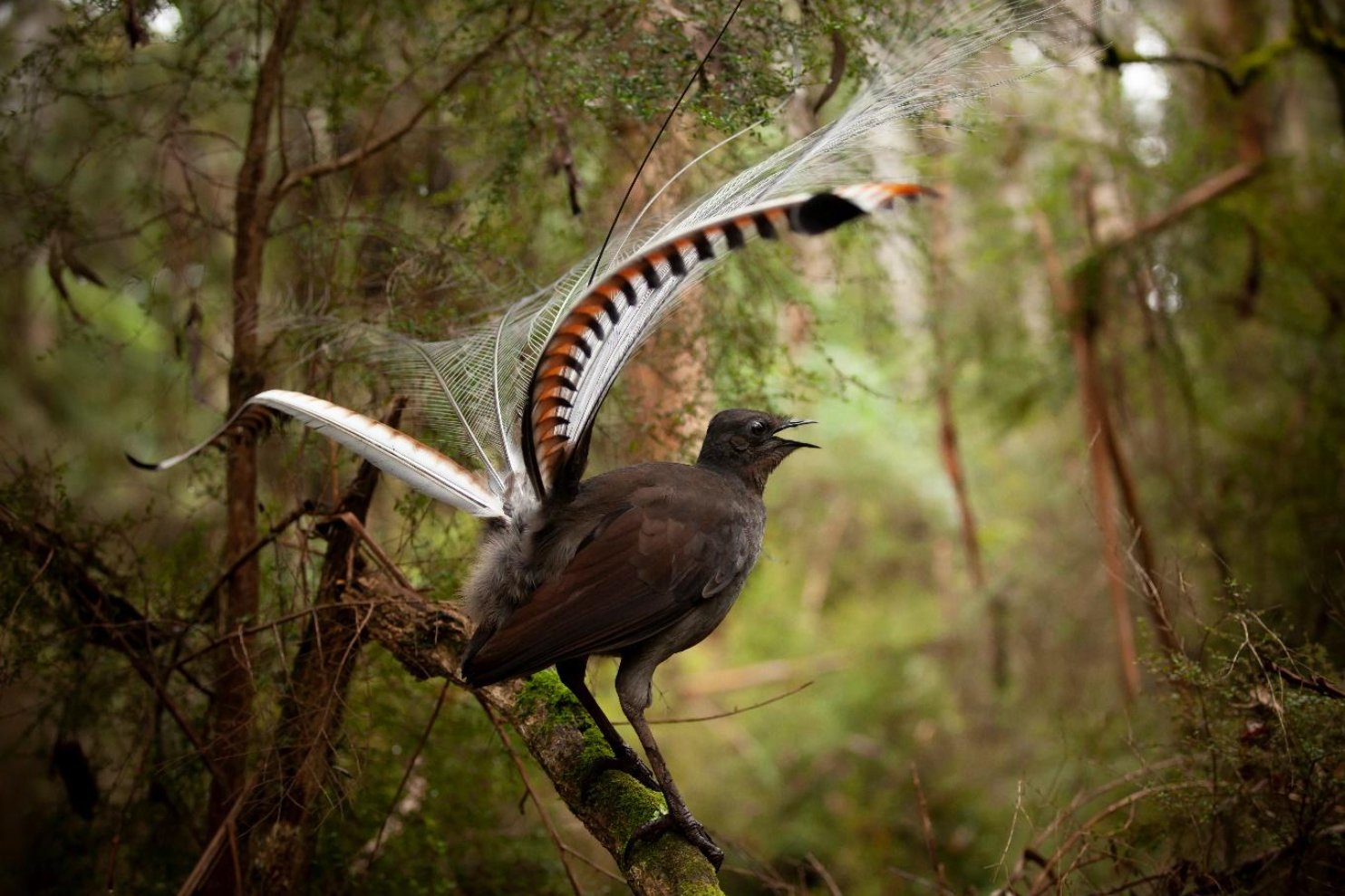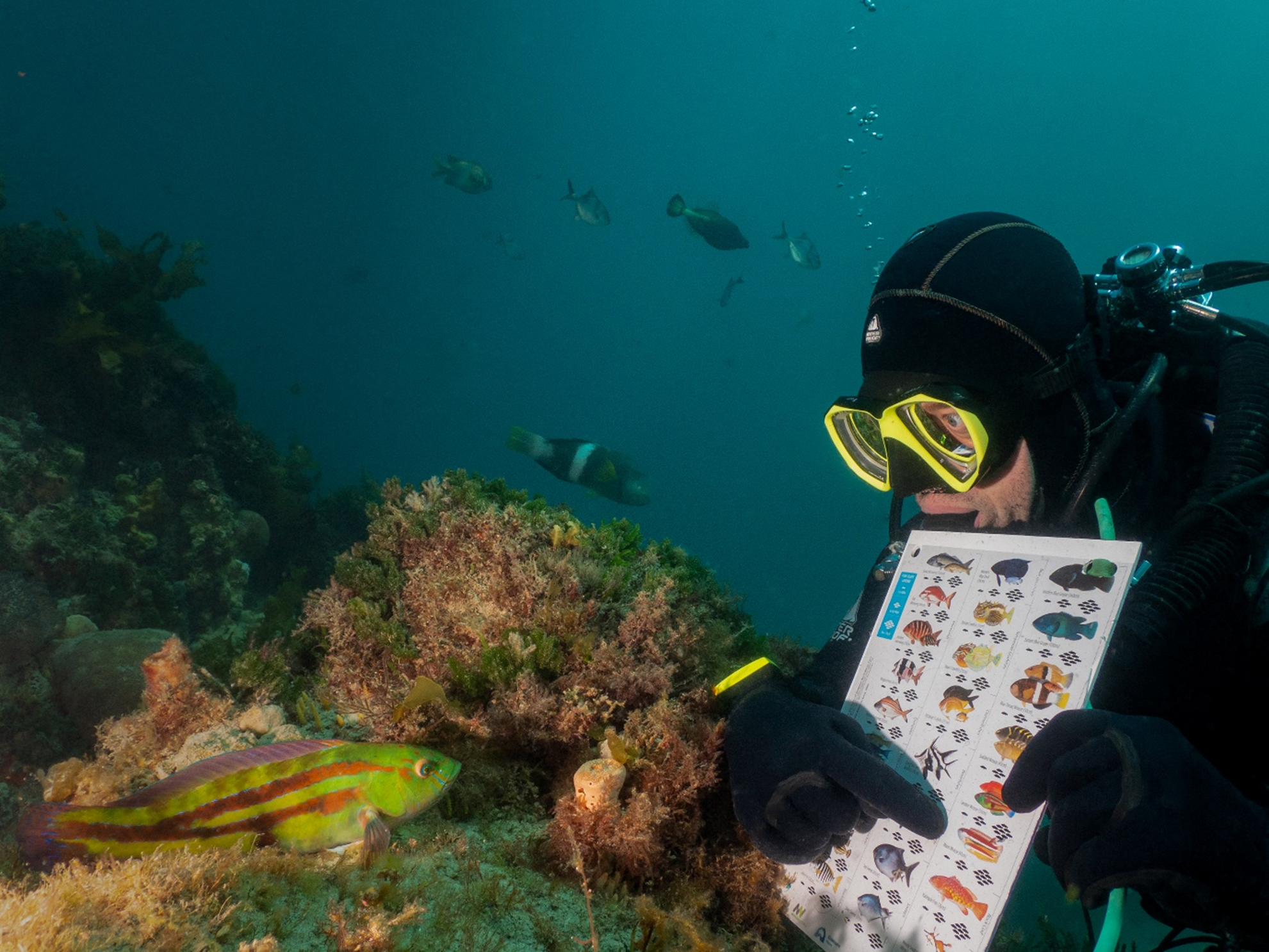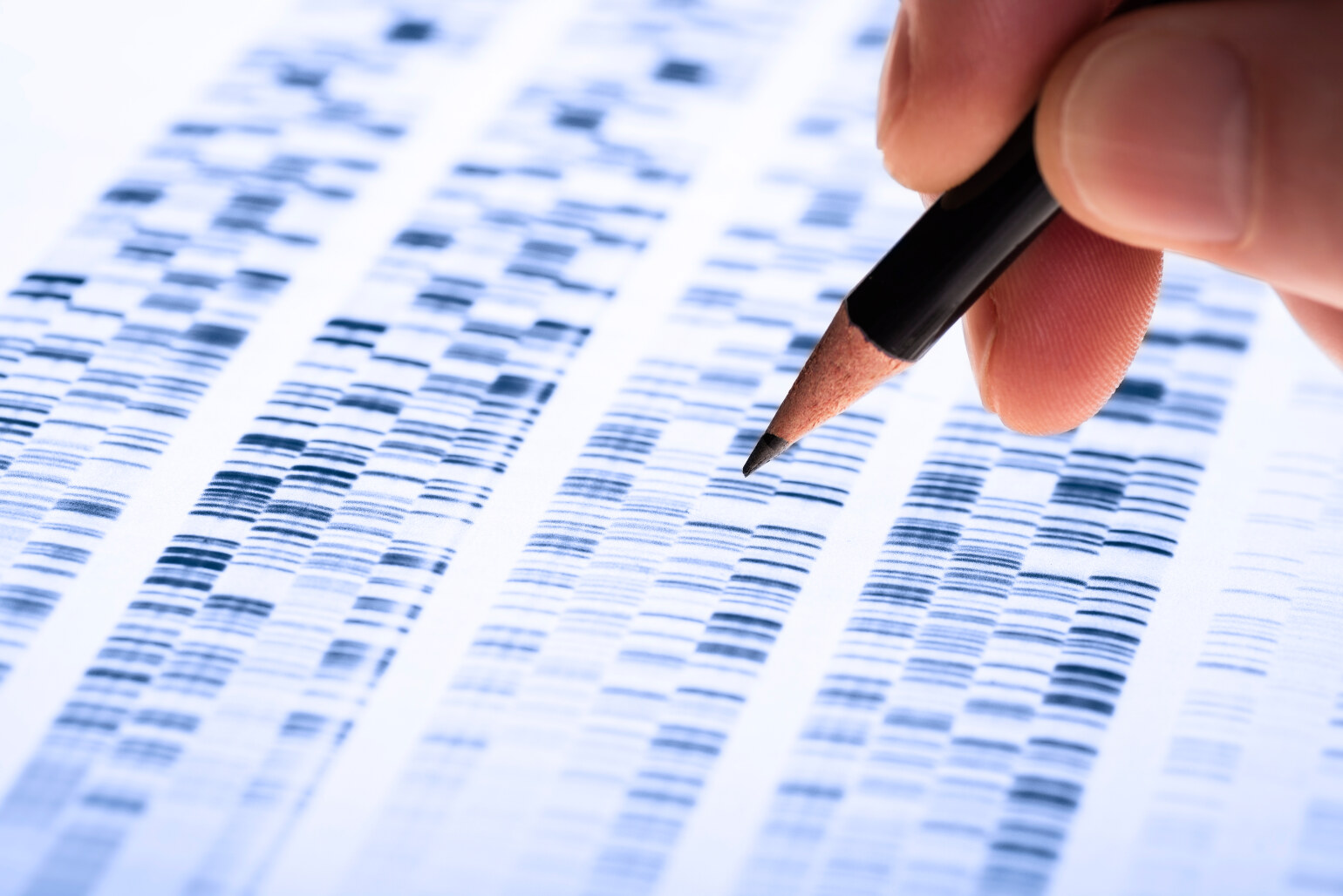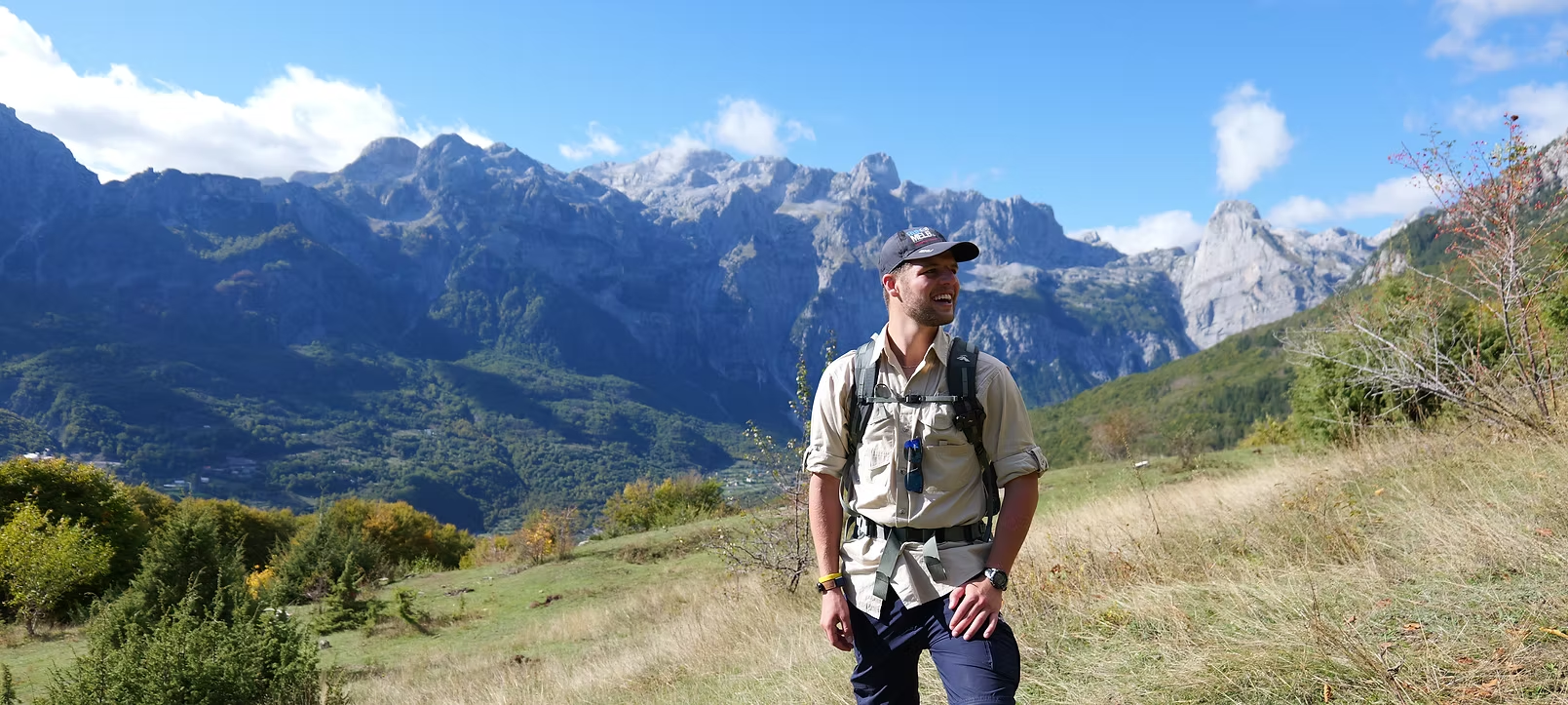That's A Wrap - National Science Week 2025
Science Victoria Edition
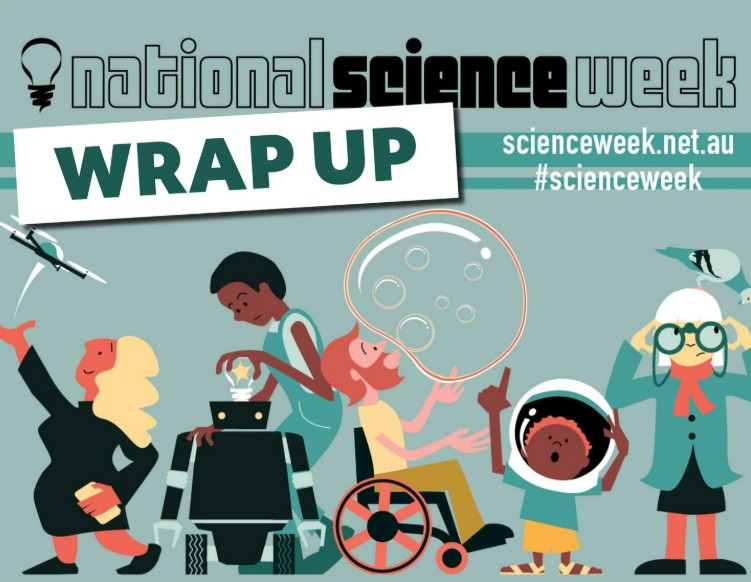
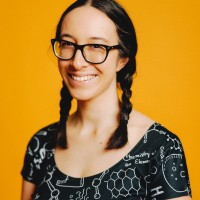
CATRIONA NGUYEN-ROBERTSON
Chair, National Science Week Victorian Coordinating Committee
Victoria. Not only is it home to more than seven million highly diverse people, but also to tens of thousands of species of native animals and plants1. We share our home – and need to ensure that it feels like home for all these species too.
That’s why this year’s Victorian National Science Week theme GROW worked on so many levels. It allowed us to explore how we can use science to help plants and animals within our ecosystems grow together and flourish in increasingly challenging environments. We were also able to grow knowledge, spark curiosity, and foster STEM skills.
GROW encompassed a series of community-focused events presented by a collaboration of Museums Victoria, Royal Botanic Gardens Victoria, Zoos Victoria, and the Royal Society of Victoria and produced by Inspiring Victoria, who also supported 38 public libraries and 18 neighbourhood houses with grants to deliver events in their local communities.
Beyond this specific program, National Science Week itself has continued to grow. This year saw the highest number of events on record – 2,594 events across Australia in all states and territories. Victoria provided the largest contribution.
GROWing plants and pollinators
Zoos Victoria is committed to fighting wildlife extinction – but this can only be achieved by supporting whole ecosystems, rather than individual species in isolation. Melbourne Zoo invited visitors to flutter into National Science Week activities that encouraged people to bee involved in ecosystem resilience.
About 65% of all flowering plants require insects for pollination. Australia is home to 450 butterfly species, 2,000 bee species, and a whopping 20,000 moth species2,3,4. But most of them typically do not travel far from their nests or shelter.
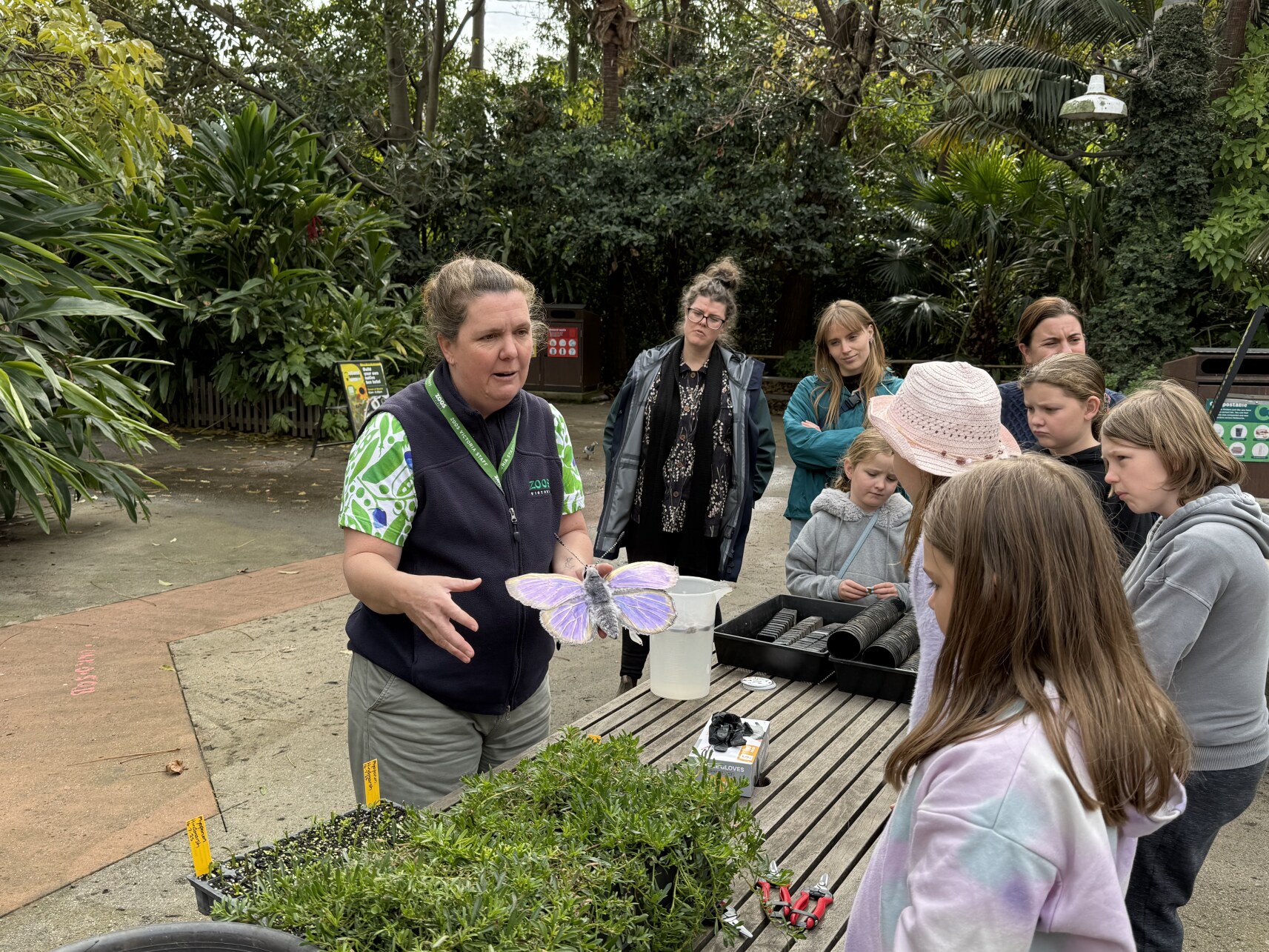
During National Science Week, Zoo visitors learned how to support local pollinators in their own gardens. The program showcased the Melbourne Pollinator Corridor project, which aims to use 200 green spaces to connect the 8 km between the Royal Botanic Gardens Melbourne and Westgate Park. “Green corridors” like this can bridge fragmented landscapes, enhancing biodiversity by allowing wildlife to move, breed, and find resources.
We can all pitch in to help. Visitors, for instance, made bee hotels to take home and attract native bees to their gardens. And they learned to grow creeping boobialla from plant cuttings provided by Dalki Garringa Native Nursery.
Creeping boobialla is the only plant that the endangered golden-rayed blue butterfly eats. It provides an example of how animals, plants and people can work together to ensure our Australian ecosystems survive and thrive.
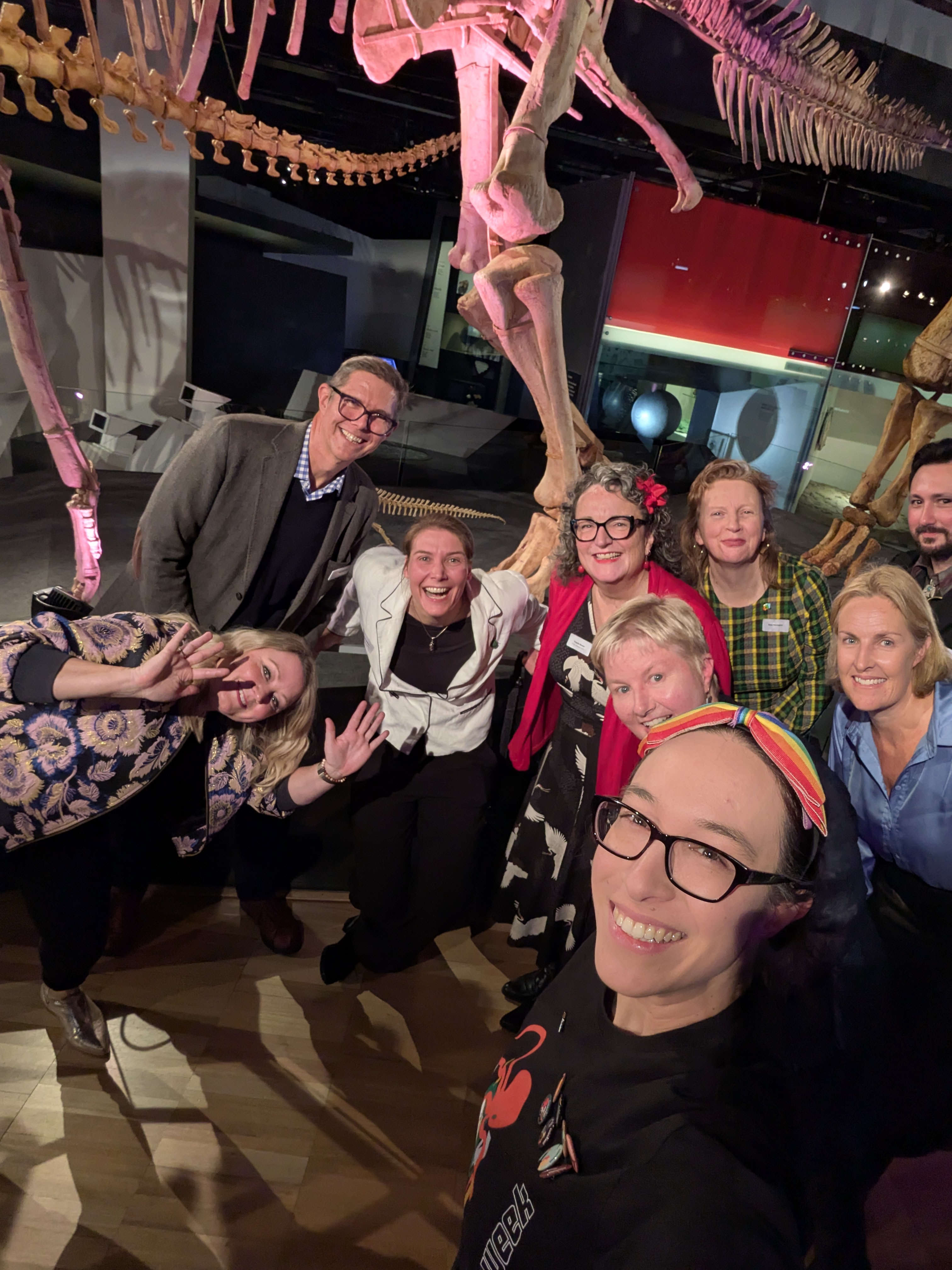
Showing off science
Australia has recorded the most mammal extinctions of any country on Earth – not a record of which to be proud.5 On current trends, a further one or two extinctions are predicted each decade.5 So how do we safeguard threatened and endangered species against extinction? Literally, by preserving their tissue samples in a biobank.
Science on Show highlighted Museums Victoria’s collections and conservation work. This work is especially critical for endangered and threatened species. The smaller a population, the less genetically diverse it becomes, as animals are forced to in-breed. They thereby become vulnerable even to small environmental changes.
Having genetic material readily available means diversity can be reintroduced to a population to keep it healthy. Museum visitors observed and counted living cells from native animals under the microscopes that are kept for this very purpose.
Museums Victoria experts also showed examples of the long-extinct Australian megafauna and the more recently extinct Thylacine (Tasmanian tiger). These researchers are working hard to recover many species still alive today, so they do not go the same way.
Specimens spread across time
“Every time you use a botanical name, you are referencing the work of herbaria,” says Alison Vaughan, Manager Collections at The National Herbarium of Victoria.
The Herbarium at Royal Botanic Gardens Melbourne houses 1.5 million preserved specimens of plants, algae, and fungi. Each is a record of the presence of that plant, alga, or fungus at a specific location at a particular point in time. Together, they provide a botanical time capsule.
This picture of biodiversity through time provided by the Herbarium is critical. If we are going to protect plants, we need to understand what grows where, and how each species is responding to change.
This year marks 200 years since the birth of scientist and explorer Baron Ferdinand von Mueller. He founded what is now The National Herbarium of Victoria and collected around 25,000 of its specimens. To celebrate, experts from the Botanic Gardens shared their favourite specimens from von Mueller's collection, and what we’ve learned from them.
Bringing it on home
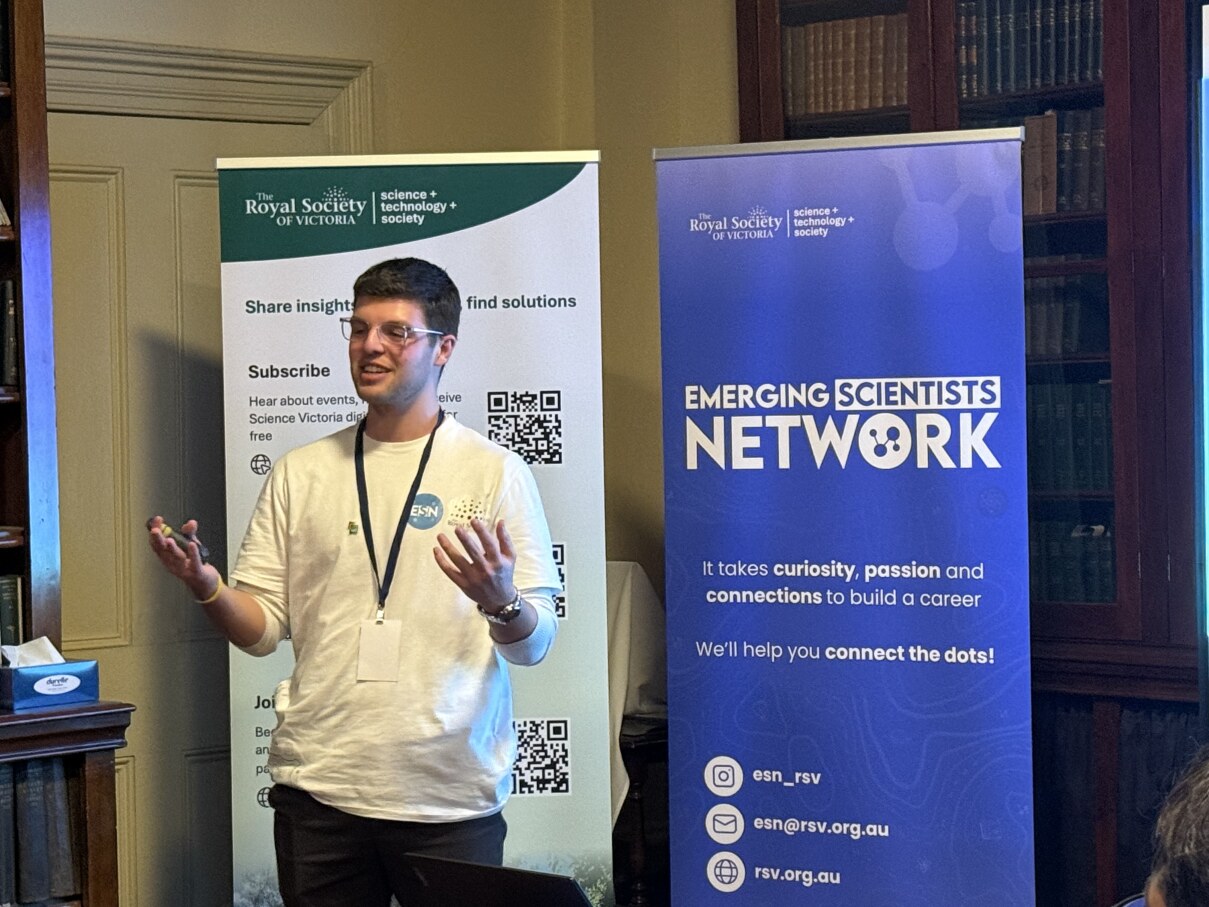
This year, the contribution of the Royal Society of Victoria to National Science Week was organised by our younger members who comprise our newest body, the Emerging Scientists Network.
There were three component events: The Climate Club: Combating climate change, a panel discussion on climate solutions; Career Snapshots: Oh, the places you’ll go! where early career scientists shared their experiences of starting and growing a career in science; and The Science of Communication: Skills for future changemakers, an interactive workshop on how to make science matter beyond the lab or field.
You can read more about them in the new Emerging Scientists Network Section starting this issue.
A successful week of science
From pollinators to preserved specimens, from community gardens to conversations about climate action, this year’s National Science Week in Victoria demonstrated that sustainable solutions are rooted in STEM. The theme of GROW was not only about growing plants, animals, and ecosystems – it was also about growing ideas, connections, and collective hope. It showed that opportunities to branch out and make a difference are abundant.
National Science Week is always a celebration of curiosity. This year it also felt like an invitation: to nurture new knowledge; to cultivate community; and to seed positive change, making things ripe for the growth of a sustainable future.
And Finally .. I wrote a song in honour of National Science Week
In August each year, across the state,
We gather to celebrate that STEM’s so great.
From cities to towns, in halls big and small,
National Science Week welcomes us all.
With over 2000 events on the go,
From quantum to biology and all that we know,
We honour the past while shaping what's new,
With schoolkids and seniors all joining in too.
GROW! Like seedlings, like questions we sow,
Like ecosystems thriving and minds in full flow.
In local communities, knowledge takes root,
From gardens to galaxies, fungi to fruit.
It’s more than just facts or lab coats and charts.
It's igniting ideas, and opening hearts.
Creativity and STEM in one sphere,
Showing that in our lives, science is always here.
Let’s foster connections and see where they go,
Encouraging all to let their curiosity GROW!
It’s the best time of year if you’re a science geek,
So to everyone across the state: Happy Science Week!
References
- Parks Victoria. Our Amazing Diversity. https://www.parks.vic.gov.au/get-into-nature/conservation-and-science/our-amazing-diversity
- Bishop, A.B., (2024). How to ID butterflies. ABC Gardening Australia magazine. https://www.gardeningaustraliamag.com.au/how-to-id-butterflies/
- CSIRO. Can you beelieve?! Our guide to native bees. https://www.csiro.au/en/news/All/Articles/2018/August/can-you-beelieve-our-guide-to-native-bees
- CSIRO. Australian Moths Online. https://www.csiro.au/en/research/animals/insects/ID-Resources/Australian-Moths-Online
- Ritchie, E., (2022). ‘Gut-wrenching and infuriating’: why Australia is the world leader in mammal extinctions, and what to do about it. https://theconversation.com/gut-wrenching-and-infuriating-why-australia-is-the-world-leader-in-mammal-extinctions-and-what-to-do-about-it-192173
Discover how you can join the society
Join The Royal Society of Victoria. From expert panels to unique events, we're your go-to for scientific engagement. Let's create something amazing.




